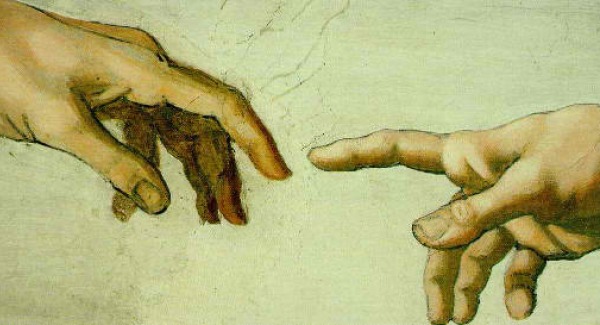The touchpoint forms an integral part of the Customer Journey and is a moment that is carefully mapped and designed by Service Designers. The pervasive definition for a touchpoint is ‘any point of contact between a Customer and the Service Provider’. As a term that is commonly used in the world of Service, this definition lends itself to subjective interpretation and various meanings. Is it a physical, virtual or human point of interaction or all or any of these ? Is a touchpoint a moment in the customer journey or is every moment a touchpoint? Can a touchpoint be static or dynamic?As we study and create design, I realise it’s important for a team of designers to share the same language and adopt jargon with the same meaning. So I started a search for the evolving definition of the touchpoint.
Chris Risdon from Adaptive Path defines it with a human centred view. ‘A touchpoint is a point of interaction involving a specific human need in a specific time and place.’ By understanding the human need at a moment in time, a designer can propose a touch point with a clear value proposition to the Customer. (http://www.adaptivepath.com/ideas/un-sucking-the-touchpoint/)
This explanation emphasises the use of a touch point in the journey and the importance of designing touch points around the customer need at specific moments.
An then I came across a definition by Albert Tan at FrogDesign: A touchpoint is the moment upon which a sensory interaction results in an emotional / psychological one. He explains how Customers have different kinds of sensory reactions to a touchpoint and how Service Providers can benefit from designing these interactions to induce the desired sensory response from their Customers. (http://designmind.frogdesign.com/blog/touchpoints.html)
Here the focus is not so much on the format or nature of the touchpoint, but more on the kind of reaction and experience the Customer is going to have with it.
Another interpretation of the touch point by Laura Patterson from VisionEdge Marketing describes it as ” any customer interaction or encounter that can influence the customer’s perception of your product, service, or brand.” This means a a touch point can be intentional (an email you send out) or unintentional (an online review of your product or company). (http://www.refresher.com/alrpmtouchpoint.html) According to this ‘Brand Experience” oriented definition the touchpoint between a Customer and Brand may be designed, delivered and owned by someone else.
Makes me wonder as new Designers, do we create our own definition? Combine several existing ones that connect with us on different levels? Or build in the flexibility to adopt different definitions based on the team, the service, the situation and most of all the user?

